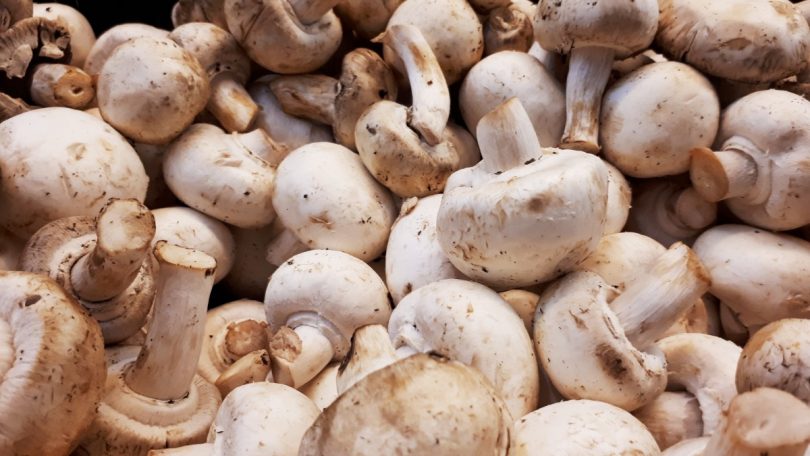Mushrooms have been hailed as nutritional powerhouses for thousands of years. They are a staple ingredient in cuisines across the globe. Recently, researchers began focusing on mushrooms’ potential health benefits, causing interest in mushroom nutraceuticals to surge.
Nutraceutical is a term that combines “nutrition” and “pharmaceutical.” It originated in 1989 from founder and chairman of the Foundation for Innovation in Medicine in New Jersey, Stephen DeFelice. [1] Nutraceuticals are food or food compounds that provide medicinal benefits and may help prevent or treat disease. These nutraceuticals may be consumed in tablet or other forms. [1] Mushroom nutraceuticals are the specific compounds found within the fungi that promote human health.
An Indian team studying mushrooms in 2015 [2] found that many species contain beneficial compounds. “The mushroom extracts were analyzed for nutrient and mineral compositions,” the team writes in their report. “The nutrient profiles generated for each of these ten species revealed them to be rich sources of functional nutraceuticals.” [2]
Different species boast varying benefits, but one of the most common and medically potent compounds found in mushrooms are polysaccharides. [3] A 2018 review [3] highlights the top three benefits of polysaccharides as anti-inflammatory, immunomodulatory, and antitumor effects. Additionally, polysaccharides may improve gastrointestinal function due to being dietary fibers that interact with gut microbiota.
Polysaccharides are just one of many mushroom compounds that researchers are interested in. Mushrooms also house proteins and peptides. Examples include lectins, which are antiviral, antibacterial, and antifungal. Another class known as fungal immunomodulatory proteins (FIPs) potently suppress tumor cells.
The list of active chemicals in mushrooms wouldn’t be complete without terpenes. Important sesquiterpenes include aristolane, bisabolane, and cuparene. Mushrooms also contain monoterpenes, diterpenes, and triterpenes. Overall, benefits of mushroom terpenes include antitumor, antioxidant, anti-inflammatory, and anticholinesterase activity, the latter of which relates to Alzheimer’s treatment.
Phenolic compounds in mushrooms range from flavonoids to tannins. These components are particularly potent as free radical inhibitors and scavengers (aka antioxidants). Ma et al [3] connect this activity to benefits against “brain dysfunction, aging, and cardiovascular diseases.” Phenolic compounds are also metal inactivators.
In terms of lipids, polyunsaturated fatty acids are the most common in mushrooms and help reduce cholesterol. Uniquely, mushrooms produce ergosterol (provitamin D2), a sterol that acts as an antioxidant and may help prevent cardiovascular disease (in addition to converting into vitamin D2).
As functional foods, mushrooms are nutritious and antioxidant rich with “immense nutritional supremacy.” They may help work against fatigue and serve as prebiotics. Overall, “supplementation of mushrooms…could become a natural adjuvant for the prevention and treatment of several health diseases.” [3]
Image: Joshep Coronel, PXHere
References:
- Brower V. A nutraceutical a day may keep the doctor away. Consumers are turning increasingly to food supplements to improve well-being when pharmaceuticals fail. EMBO Rep. 2005;6(8):708-711. doi:10.1038/sj.embor.7400498. [Impact Factor: 7.497; Times Cited: 43 (Semantic Scholar)]
- Khaund P, Joshi SR. Functional nutraceutical profiling of wild edible and medicinal mushrooms consumed by ethnic tribes in India. International Journal of Medicinal Mushrooms. 2015;17(2):187-97. [Impact Factor: 1.423; Times Cited: 11]
- Ma G, et al. A critical review on the health promoting effects of mushrooms nutraceuticals. Food Science and Human Wellness. 2018;7(2):125–133. [Impact Factor: 2.455; Times Cited: 37 (Semantic Scholar)]








